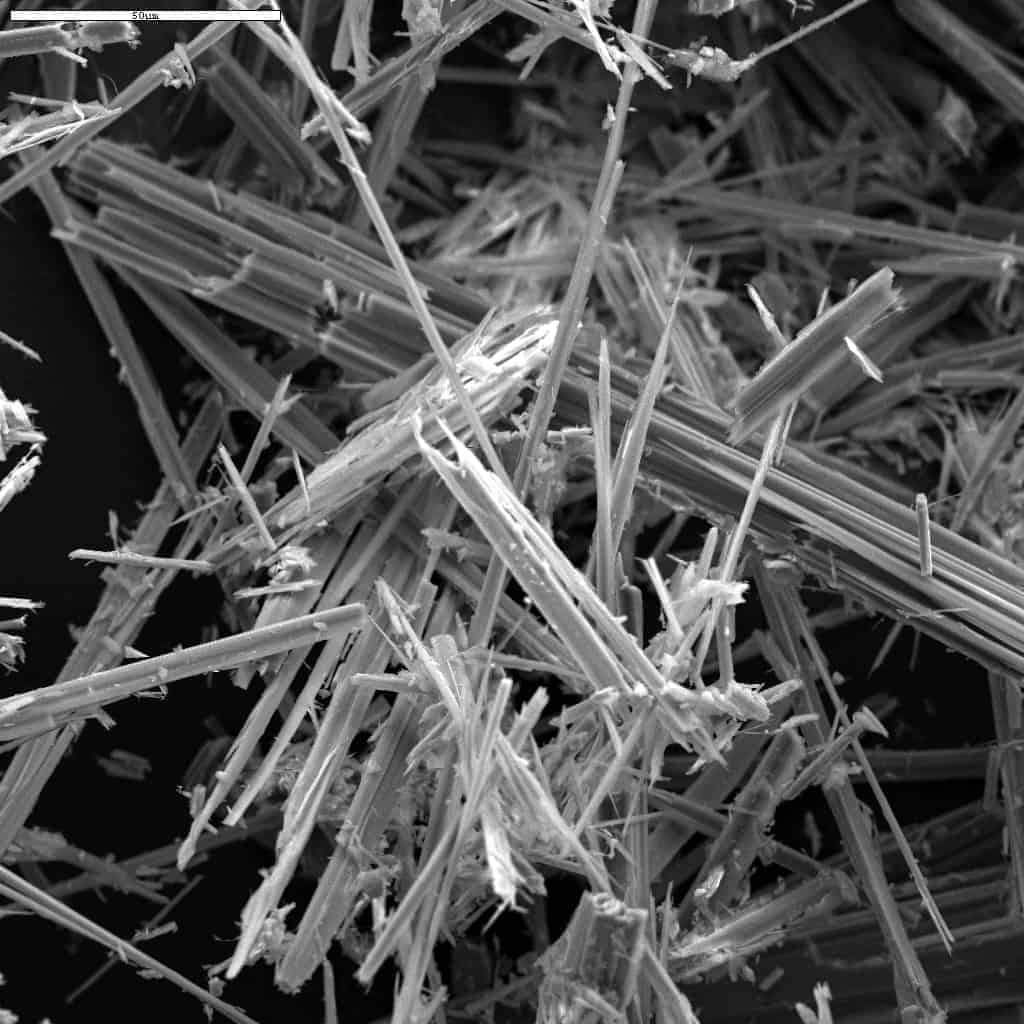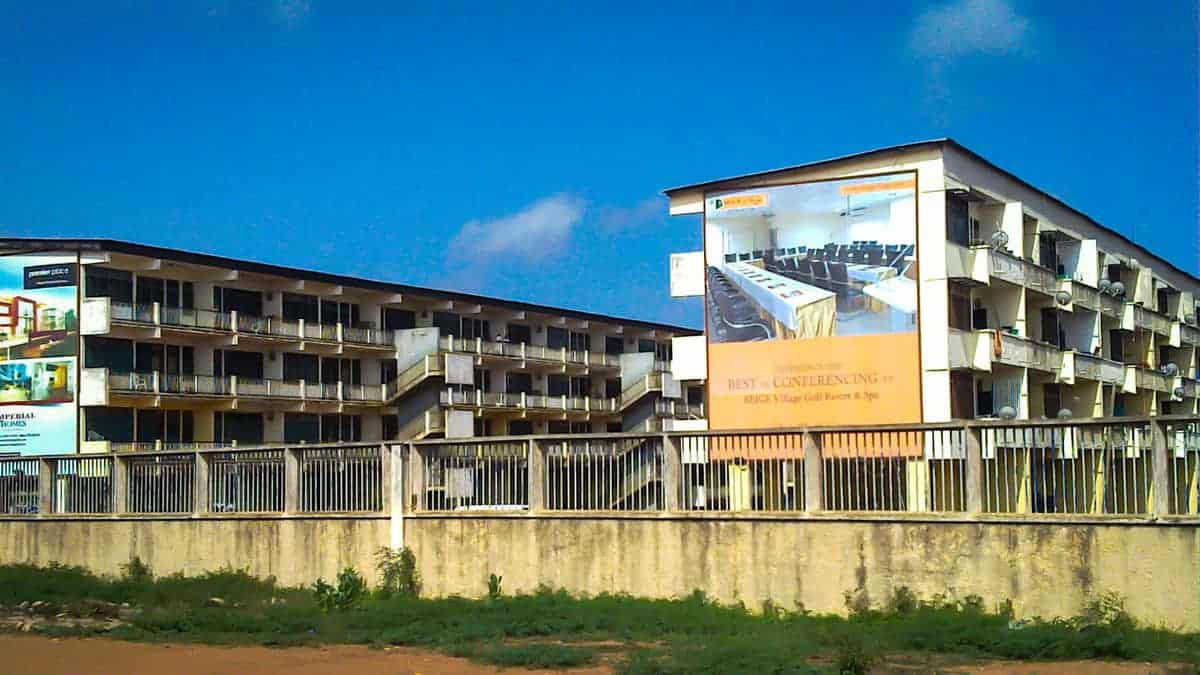Low-income housing (LIH) programs have existed in some form since the early 1900s, but have drawn ire in modern times as an unreliable and often inadequate form of public assistance. One significant reason for this is the strain low-income housing has on both the physical and mental health of its occupants.
In a March 19 town hall, Senator Elizabeth Warren called for a need to reevaluate the current programs. “In the same way that we think about health care as a basic human right, having a decent and safe place to live should be a basic human right,” she said. Her point about safe housing brings light to the places where the current system falls short.
Dilapidated public housing can expose residents to toxins like lead, asbestos and mold. Studies also show that poor housing conditions can harm mental health, which impacts quality of life and ability to provide.
An overview of low-income housing
The first documented LIH program was the U.S. Shipping Act of 1917, creating housing for those working industrial jobs during World War I. These units simply served the purpose of being a place to rest and were thus very barebones.
Despite these minimal amenities, this style of public housing was replicated 17 years later during The Great Depression. The National Housing Act of 1934 aimed to solve issues revolving around mortgages and the crippling debt society was facing as a result of the economic collapse. However, what transpired was the creation of subpar communities, many of which are still in operation today.
With few alternatives available, low-income households are still forced to settle for inadequate accommodations as they are left with virtually no other options. It is mathematically near impossible to rise out of a situation like this, as many people inhabiting these communities are well below the federal poverty line. With the federal minimum wage at $7.25 per hour — $14.85 per hour less than what is needed in order to afford a two-bedroom housing unit ($22.10 per hour), according to National Low Income Housing Coalition — it is easy to see how quickly people are able to fall into a vicious cycle of debt, especially when supporting a family.
According to the U.S. Department of Housing and Urban Development, there are nearly 1.2 million occupied public housing units that are under the management of 3,300 public housing associations (PHAs). With each housing association averaging around 364 units to manage, we can see how difficult it is to keep housing units safe, liveable and functional enough to accommodate those who live in them. These hazardous states of disrepair can be detrimental to both the physical and mental health of the occupants.
How low-income housing affects physical health
Asbestos
Between 1930 and 1980, asbestos was favored as a material in many buildings due to its durability and unmatched fire-retardant capabilities. Some of the most common materials that contain asbestos are insulation, roofing and flooring tiles. Asbestos was a low cost and abundant material at this time, as the mineral was being both mined in the United States and imported. While there were indications of asbestos being harmful to human health as early as the 1930s, regulations were not put into place until the 1970s, and it is still not banned from use today.

Photo courtesy from USGS
When asbestos-containing materials (ACMs) become disturbed, fibers enter the air, where they are often inhaled or ingested. Once they are in the body, they inflame and damage the lining of vital organs, such as the heart and lungs. This can cause tumors to form and over 10 to 50 years, a rapidly progressing cancer known as mesothelioma develops. Symptoms do not arise for a prolonged period, and when they do they are often associated with other illnesses, making a definitive diagnosis very difficult for medical professionals.
The only foolproof way of ensuring there is no asbestos present in the housing unit is through professional testing and abatement. Many units are still owned by private owners, leaving asbestos abatement up to their discretion.
Lead
Another toxic additive in construction materials is lead, the chemical at the center of the Flint, Michigan, water crisis. Flint’s water source, the Flint River, is naturally more acidic than neighboring Detroit’s city water, and it had a corrosive effect on the decaying lead pipes. This corrosion stripped away lead-containing rust in the pipes and deposited foul-smelling, toxic water into homes.
The dangers of lead don’t stop with lead piping. According to the EPA, buildings constructed before 1978 are most likely to contain lead-based paint, which puts the majority of public housing firmly in range for concern of lead contamination.
Lead poisoning can be especially dangerous for children and pregnant women, as it has a profound effect on developing bodies. In children, excess levels of lead can damage the nervous and endocrine systems, causing learning disabilities, muscle and bone damage and hearing damage. Adults are less susceptible to these conditions, but fertility problems, high blood pressure, joint and muscle pain and memory problems are still possible.
Much like asbestos, lead becomes most dangerous when disturbed, either by corrosive water or a home repair project that disturbs lead paint.
Mold
Beyond construction contaminants, naturally growing toxins can also be dangerous. Although mold can grow anywhere there is moisture, lack of light and organic material, older buildings are more susceptible as they tend to have more leaks and already decaying organic materials. Older buildings may also allow for easier passage of mold spores through cracks and old windows, which then settle on damp surfaces and flourish.
Health impacts of mold are less easily defined than those of asbestos or lead, as different bodies are differently affected by mold spores. Typical allergic reactions like sneezing or runny noses are fairly common and can occur immediately or on a delay. More serious health concerns include asthma attacks, arthritis flare-ups, lung complications for people with preexisting conditions and respiratory illnesses.
While some varieties of mold may be harmless, the Center for Disease Control (CDC) officially recommends removing any mold present, no matter if a home testing kit labels it benign. When encountering mold, it must both be cleaned up using a bleach solution and the source of the dampness must be addressed to prevent future growth. Unfortunately, not all mold will be visible, as it often grows on insulation inside of walls. Therefore, keeping an apartment, especially a substandard one, free and clear of moisture becomes particularly important, as it can save on costly health implications. For residents living in homes prone to moisture or flooding, with poor ventilation or leaks, investing in a humidifier can go a long way.
While property owners must maintain their property and update when necessary, neglecting a property is often cheaper. Tenants may also be unwilling to speak up about states of disrepair for fear of being evicted. For these populations, knowing their right to safe housing is important. It is best for those inhabiting a unit to keep an eye on any materials that are in disrepair and discuss them with their property manager as the management could be at risk of a lawsuit depending on how severe the problem is, which may motivate landlords to invest in abatement.
The mental strain of low-income housing
Beyond physical health hazards associated with low-quality building materials and natural contaminants, substandard housing can also take a mental toll on residents. A 2016 MacArthur Foundation policy brief reported that even when income remains the same, simply moving to a less stressful and better-maintained area can have positive effects on mental wellbeing highlighted this connection.
“Helping low-income people move out of high-poverty neighborhoods could dramatically improve their lives,” the brief said. The report listed low housing quality, lack of neighborhood social cohesion and overcrowding as factors for poor mental health.
Building more units to reduce overcrowding, retrofitting and updating existing units to bolster quality and fostering a sense of community may all be important ways to improve physical and mental health in low-income housing, with a greater chance of upward mobility.
A need for change
The current substandard living conditions for LIH is unacceptable. Worrying about mental and physical health is an added burden on already marginalized people. Major reforms are needed to see a change in this system, since current policies don’t support updating these programs. With landlords who have too many properties to manage and many residents having to assess legal complexities around pushback from landlords, the cycle exacerbates existing shortcomings in housing.

Photo courtesy from jbdodane
Senator Warren’s suggestions aren’t the only offers on the table. Housing of all kinds – affordable, subsidized, section 8 – are expected to be huge topics in the 2020 presidential race, with three of the major democratic players already introducing their bills. Increased media coverage around these candidates will hopefully draw productive attention, pushing LIH programs to the forefront of politics and news for the coming year.
Sarah Wolverton is a content specialist at Mesothelioma.com, where she works to explore the intersectionality of issues surrounding consumer health, external factors and disease.
Top Image by Jo Wiggijo from Pixabay



